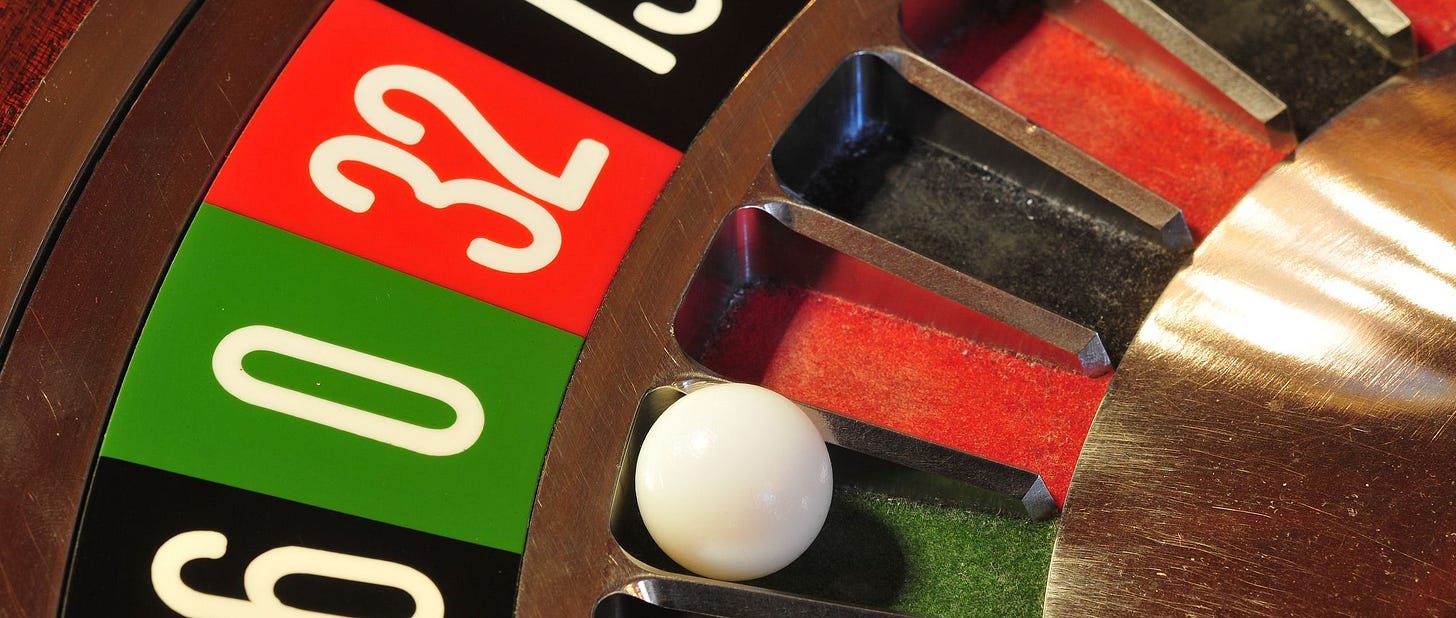The Serendipity Engine
In the latest installment of my series on workflows for creative thinking, I ask a simple question: “How do you surprise yourself?”
[This is the latest post in my series on designing a workflow for thinking.]
Years ago, I filmed a conversation with the musician and artist Brian Eno in his Notting Hill studio, discussing the relationship between play and creativity. (You can see some of the conversation here.) I’ve always admired Eno’s ability to find creative inspiration in the most unlikely of sources, whether it’s listening to the muzak being piped into airports, or televangelists preaching on NY radio stations. (I wrote a little about the latter in Where Good Ideas Come From.) In our conversation in his studio, Eno mentioned a technique that he’d long employed as a producer, working with megastar bands like U2 or Coldplay. As a creative exercise, when the band was in the early stages of recording a new album, he would have the musicians all swap instruments, and play a set together. So for a few hours, Bono is playing drums, and The Edge is on bass, and Adam Clayton is the lead vocalist.
The value of such an exercise does not lie in the quality of the music it generates. Bono might be a terrible drummer; perhaps Adam Clayton can’t carry a tune. Swapping instruments leads to a noticeable decrease in the polish and confidence of the band. But it also forces the band to do something that can be challenging if you’ve just come off a tour playing the same celebrated songs over and over again to adoring crowds. It forces them to make a genuinely new sound. It’s not technically proficient as music, but it’s different. Invariably, Eno explained to me, the band will stumble onto some promising riff—at which point Eno will step in and say, “Let’s try to play that bit again, only with everyone using the right instruments this time.”
When I first began sketching out the structure for this series, one of the core questions I came up with was: “How do you surprise yourself?” It’s one thing to develop tools and practices that help you keep track of your ideas, or cultivate them over time. But what about techniques to help spark a new idea, something that would not normally have occurred to you? How do you set up a work environment that encourages the kind of serendipitous discovery I wrote about in the previous installment of this series?
Keep reading with a 7-day free trial
Subscribe to Adjacent Possible to keep reading this post and get 7 days of free access to the full post archives.


